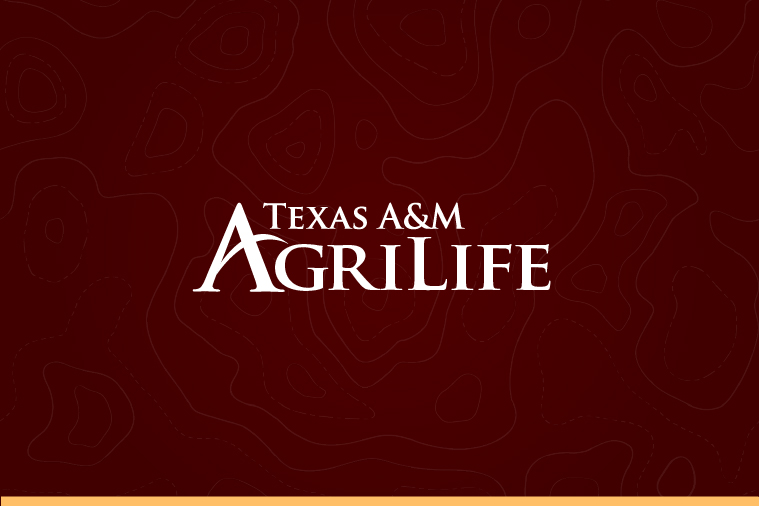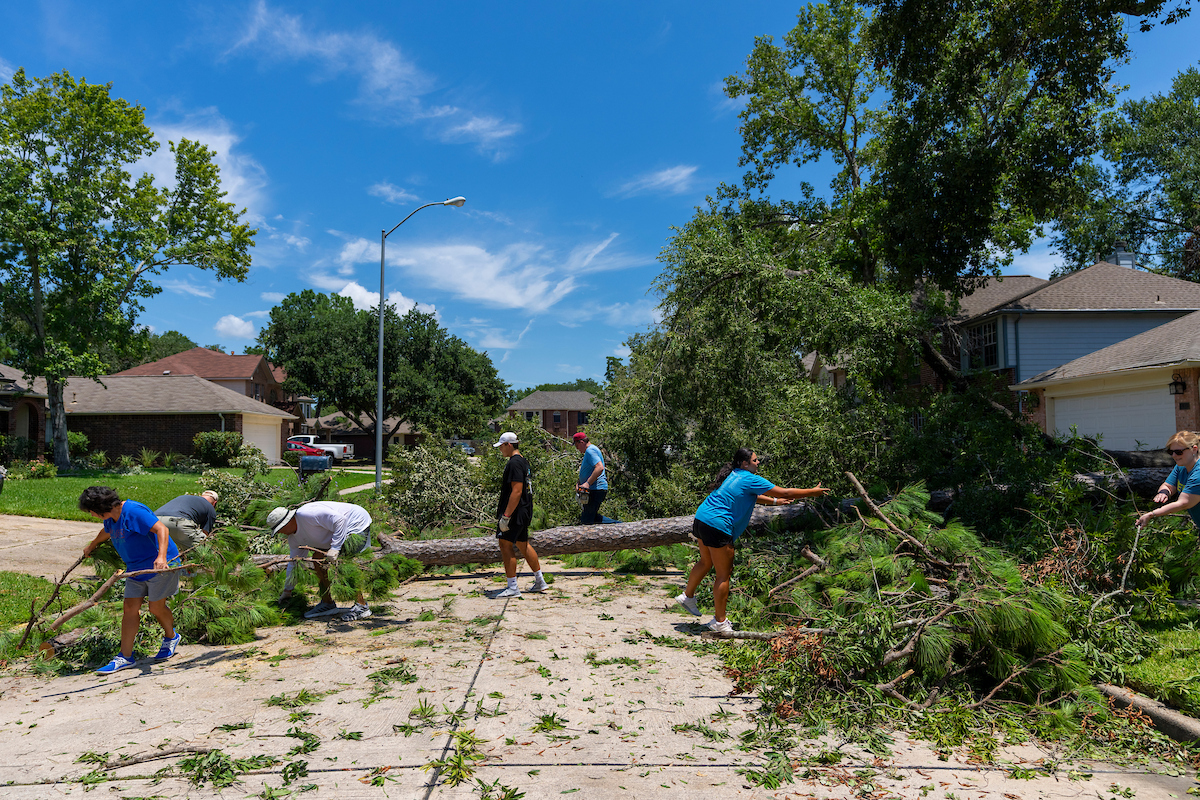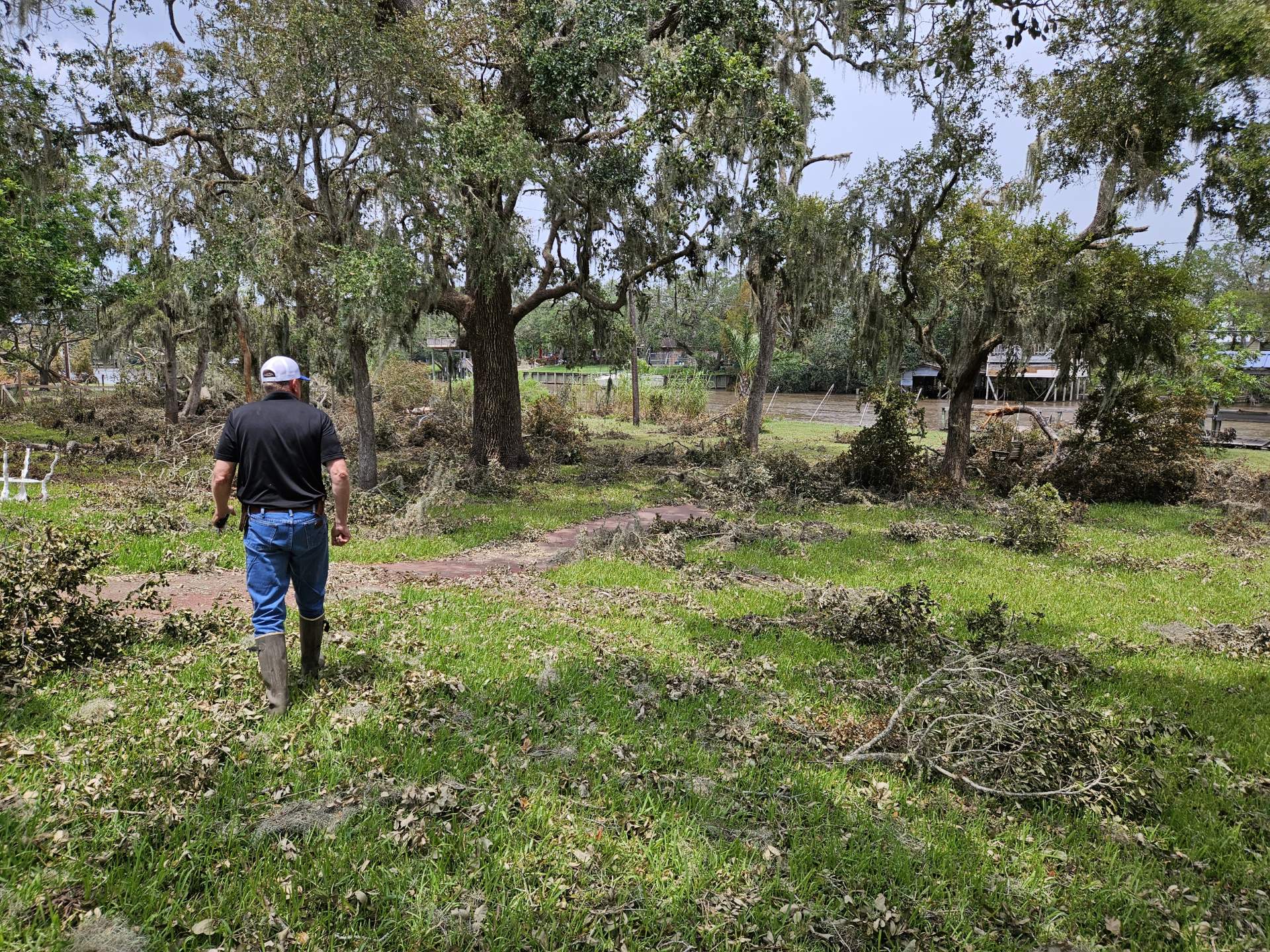AgriLife Extension offers hurricane preparedness, recovery information
Writer: Paul Schattenberg, 210-859-5752, [email protected]
Contacts: Dr. Parr Rosson, 979-845-2116, [email protected]
Dr. Monty Dozier, 979-458-9271, [email protected]
Dr. Joyce Cavanagh, 979-845-3859, [email protected]
COLLEGE STATION – With June 1 marking the start of hurricane season, the Texas A&M AgriLife Extension Service is reminding Texans the agency provides a wealth of disaster and emergency preparedness and recovery information.
“Texas Extension Disaster Education Network website and the Texas A&M AgriLife Extension Bookstore website have a variety of this type of information, most of it available free of charge or at a minimal cost,” said Dr. Monty Dozier, AgriLife Extension special assistant for Rebuild Texas, College Station.
“These sites contain useful information provided by the agency and other Texas A&M University System experts, as well as experts from state and federal agencies and the national land-grant university Extension system. In most cases, the information is also available in e-book format for mobile devices.”
The Texas EDEN website is at https://texashelp.tamu.edu and the bookstore website is at https://agrilifelearn.tamu.edu/s/.

“While we can’t keep natural disasters like hurricanes from occurring, there’s still a lot we can do to prepare for them and help minimize the damage they may do to our homes or business,” said Dr. Parr Rosson, AgriLife Extension interim director, College Station. “There’s also a lot we can do in the way of disaster preparation and recovery that will allow us to help keep our families healthy and safe.”
Dr. Joyce Cavanagh, AgriLife Extension specialist in family development and resource management, College Station, said one of the best things Texans can do to prepare for an emergency is map out a family evacuation plan ahead of time and practice it.
“The plan should include establishing escape routes and making sure to include all members of the household in a practice session,” she said. “And people should also have an emergency kit for their home, office and each vehicle with enough supplies for at least three days.”
She said some essential kit contents include bottled water, non-perishable foods, a hand-operated can opener, mouth/nose protection masks, extra clothing, first-aid kit, gloves, blankets, toiletries, battery- or hand-powered flashlight, weather radio, spare batteries, garbage bags, medications and anti-bacterial cleaners or wipes.
“People in both urban and rural areas of the state should take steps to prepare for what may come from a hurricane to minimize damage and reduce the impact of its aftermath,” Dozier said.
He said, for example, if a hurricane seems imminent property owners should remove any damaged or dead limbs from trees, secure trash cans and take any lawn furniture, plant containers, toys or other unsecured items and put them inside the garage or house.
“Preparing animals is also important, especially for livestock due to their size, feed requirements and sheltering needs,” he said “Farmers and ranchers should devise an emergency plan to protect their livestock, including how to move them to higher ground. It should also include contingencies for food and water for livestock if resources become contaminated.”
Dozier said two additional YouTube videos on livestock disaster preparation featuring Dr. Jason Cleere, AgriLife Extension beef cattle specialist, College Station, are available. The first video can be found at https://tinyurl.com/livestockhurricanevideo1 and the second at https://tinyurl.com/livestockhurricanevideo2. In addition, the agency’s publication “Hurricane Preparedness for Livestock Producers” by Dr. Joe Paschal, AgriLife Extension livestock specialist, Corpus Christi, is available on the Texas EDEN and bookstore site.





